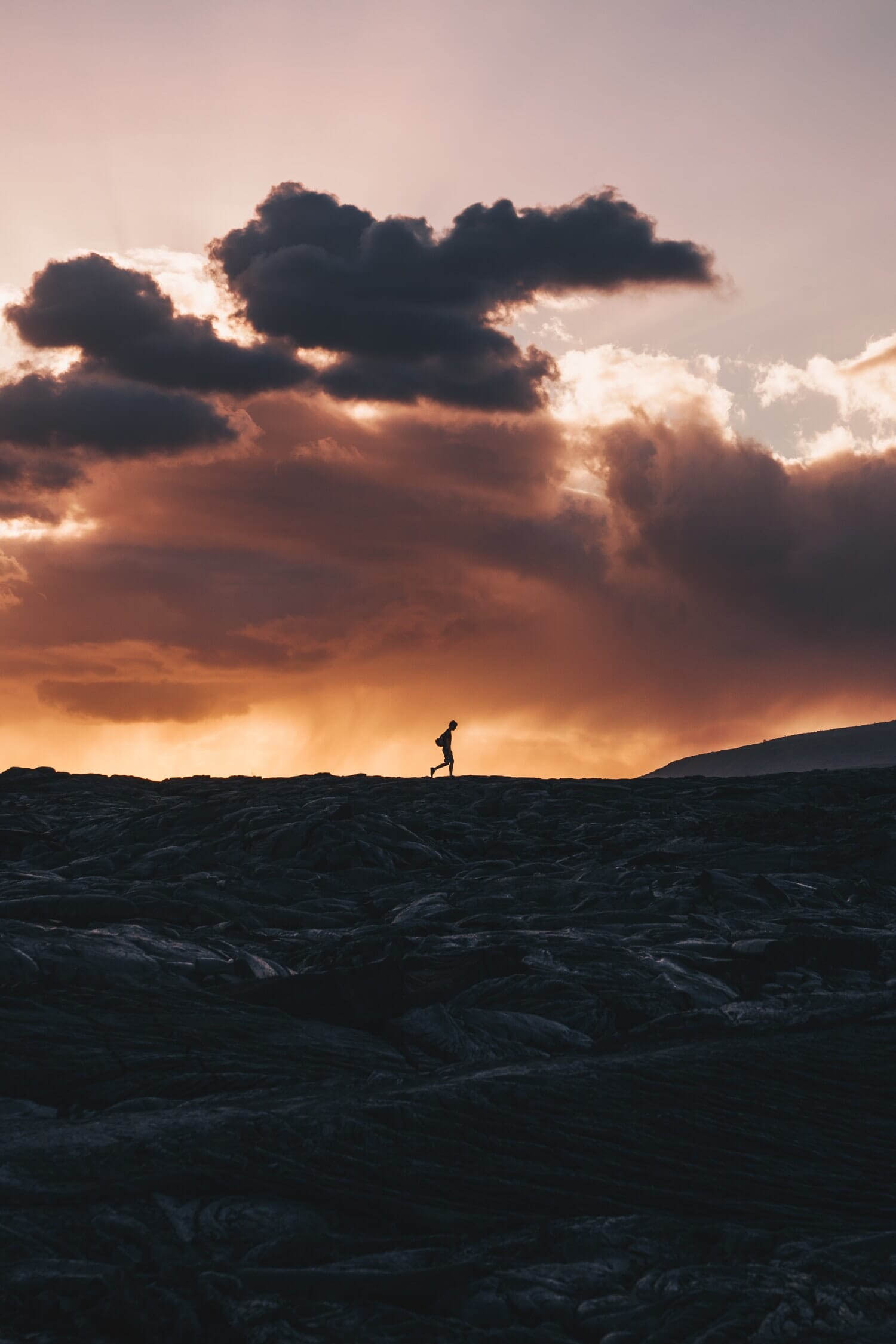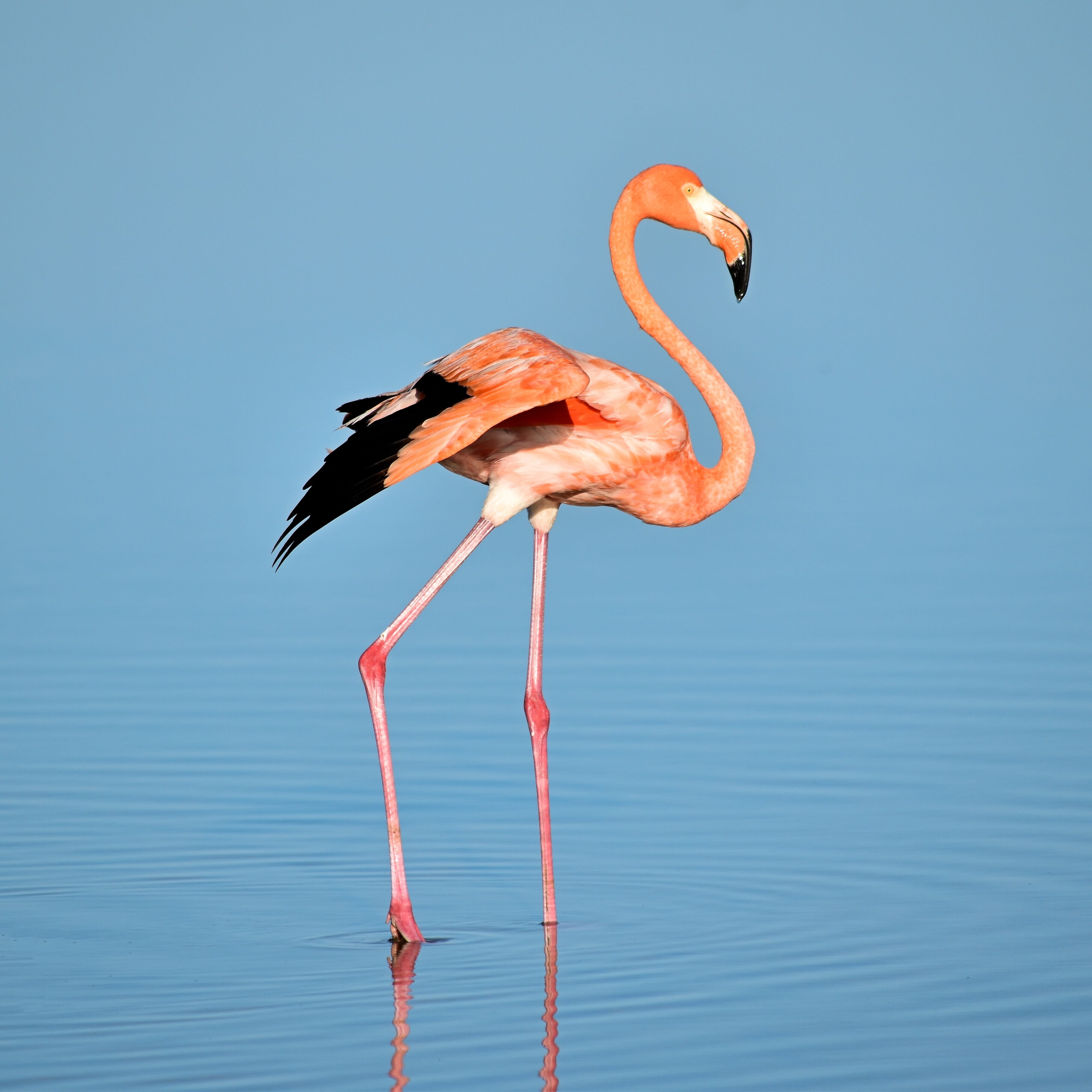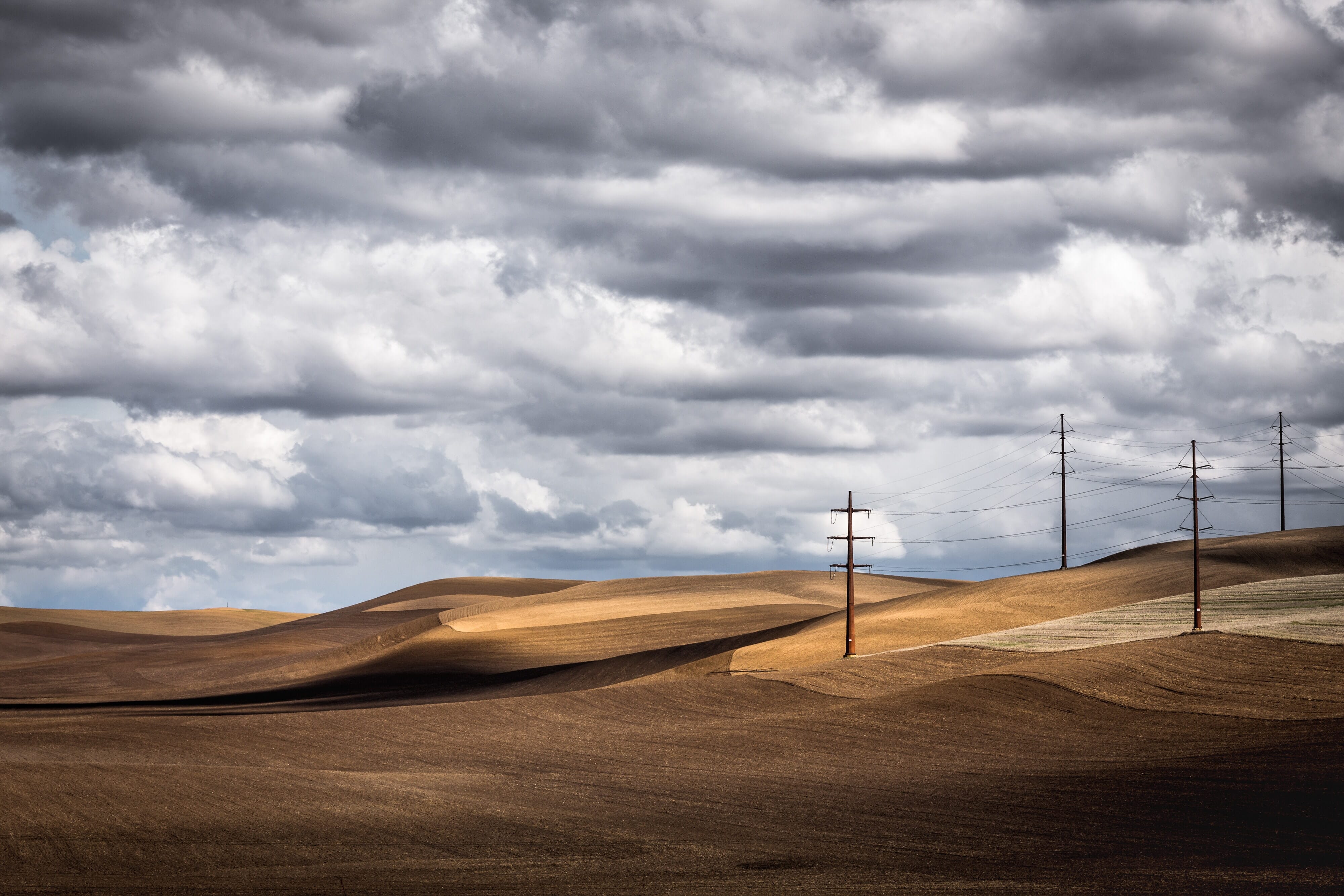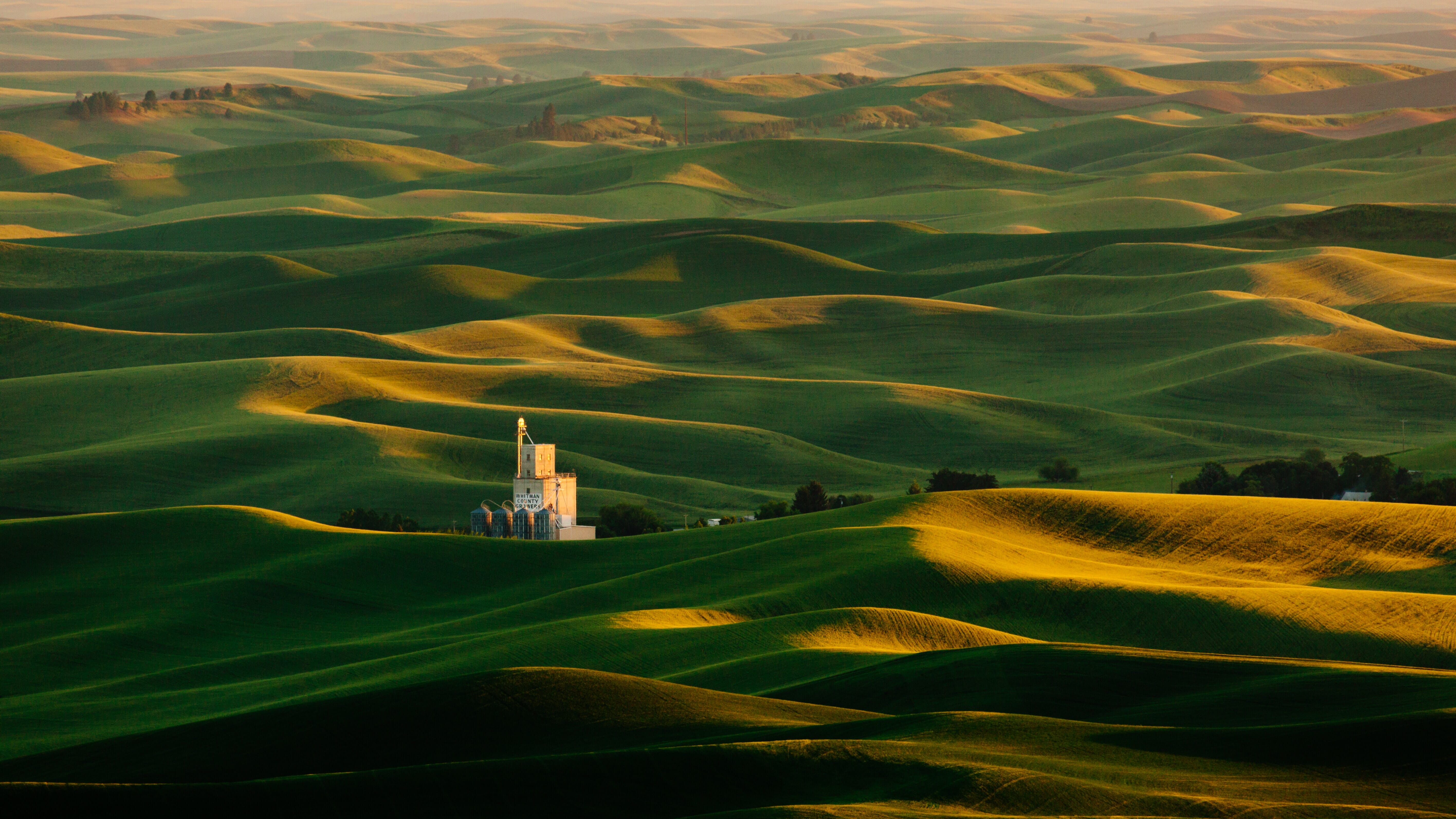When photographers first start exercising their compositional muscles, they tend to make one mistake over and over again:
They fail to fill the frame.

Filling the frame is an easy way to improve your photos, fast.
And it only takes a little effort on your part.
So if you want to learn all about how you can fill the frame for gorgeous photos…
…then keep reading.
Fill the Frame Explained:
What Does “Fill the Frame” Actually Mean?
Filling the frame is a common piece of compositional advice, especially for photography beginners.
But what does it mean? How do you know if you’ve properly filled the frame?
The truth is that there’s no hard and fast rule for determining whether you’ve filled the frame.
But it generally involves making sure your main subject occupies a large portion of the shot.
So in this photo, the person fills the frame:

Whereas in this photo, the person doesn’t even come close:

Of course, you can also create very tight close-ups, which fill the frame in every sense of the word. They literally take up the entire frame, and they also dominate the frame from a compositional perspective.
Here’s an example of one of these “frame-filling” close-up shots:

Neat, right? But while such close-ups can look good, you don’t have to get in that tight if you want to create a frame-filling composition.
An image like this still allows the main subject to dominate, without getting too close:

Here’s the bottom line:
Filling the frame doesn’t necessarily mean stuffing the entire frame with your subject.
It can work that way–but you can also fill the frame by allowing the main subject to dominate, while leaving some space outside of the subject.
Why Fill the Frame?
Artists have been filling the frame for a long time, and not for a single reason.
In fact, frame-filling compositions offer a lot of nice effects, which is why I recommend you always try out a frame-filling shot or two, even if you think you’d do better to create a wider composition.
Now let’s take a look at the reasons you might choose to fill the frame:
To Focus the Viewer
Photographic compositions generally have a main subject: the item that you want your viewer to focus on.
And the goal of most good photographs is to make the viewer focus on the main subject (though often while first being led around the frame by leading lines).
So if you can make the viewer head toward the main subject, you’re off to a great compositional start.
Now, one of the easiest ways to distract the viewer is to include extraneous areas around the subject.
What do I mean by extraneous areas?
I’m referring to any elements that just don’t add to the shot. This could be empty space, but it could also be distracting textures, distracting objects, and more.
Beginning photographers often don’t think to remove these extraneous areas from their scene.
Which is why their shots often lack impact, and don’t really focus the viewer in one particular place.
But by filling the frame, you can get rid of those distracting areas. You can guide the viewer toward your main subject, which will stand out, and make for a more impactful photo.
To Simplify the Composition
The best photography is often the simplest photography.
You see, the simpler the composition, the easier it is for the viewer to digest your photo. And the easier it is for the viewer to digest your photo, the more they will appreciate it.
That’s why I recommend you create simple compositions whenever possible.
(And if you do go for more complex compositions, you should still aim to simplify until you’re left with only the most basic compositional elements.)
Now, there are quite a few ways of simplifying your compositions.
For instance, you can convert your photo to black and white. You can add leading lines. You can include textures that unify the entire shot.
But one of the simplest methods of simplifying…
…is filling the frame.
The more you fill the frame, the fewer elements that will be present in the photo. And the more your viewer will be able to rest comfortably within the shot.
Of course, you do have to be careful not to oversimplify. You don’t want to cut everything out until there’s nothing left.
But if you can create a frame-filling shot with just a main subject, you’ll often end with a truly outstanding result.
To Add Intensity
Filling the frame can also achieve one more stunning effect:
It can intensify your shots.

You see, the more space you add around your subject, the less energetic the resulting shot will often feel.
This isn’t necessarily a bad thing! It’s just something to be aware of.
But if your goal is to create an ultra-intense image, then filling the frame is often necessary.
How to Fill the Frame
When you’re creating a stunning composition, there are four key ways that you can fill the frame:
Get Close
This is my recommended method for filling the frame, because it’s one that pretty much everyone can do, no matter their camera resolution or lens focal length.
All you have to do is compose your shot…
…and then walk forward.
Of course, there are some limitations here. It’s not always possible to get close to your subject–such as when you’re at an event (e.g., a concert) and are confined to a certain area. You’ll also struggle to fill the frame this way if you’re a wildlife or bird photographer (note that the latter photographers often employ specific stalking techniques to get close to their subjects and fill the frame). And getting too close when using a wide-angle lens can be disconcerting for certain subjects, such as people (and especially people in public!).
But if you can fill the frame by moving forward, I recommend you do it–because it’s quick, it’s easy, and it’s very effective.
Use a Telephoto Lens
If you can’t fill the frame by moving closer, then your next best bet is to use a long (telephoto) lens.
Also Read: When to Use a Telephoto Lens
Now, good telephoto lenses can be expensive, which is why this isn’t a feasible option for all photographers. But a nice prime telephoto lens will allow you to capture subjects from a distance (without sacrificing on optical quality).
You can also use a zoom lens, such as a 70-200mm or a 70-300mm, which will let you carefully adjust your focal length until you’ve perfectly filled the frame. But these tend to be optically inferior to prime lenses, at least when purchased for the same price, so you’ll want to be careful.
Note that wildlife and bird photographers use long telephoto lenses (also known as super telephoto lenses) in order to fill the frame with distant subjects, such as tiny hummingbirds. And if you’re photographing skittish subjects like these, then you’ll need a super telephoto lens, too; otherwise, you’ll never manage to fill the frame, even if you try all the other frame-filling techniques listed in this article.
Lie in Wait
This is a technique used primarily by the bird and wildlife photographers mentioned above, but can also be used by street photographers and event photographers to get candid photos of subjects.
All you have to do is find a place where you expect your subject will go.
And then…
…beat them to it.
If you can get to an area ahead of your subject, you can then lie in wait. Then, when your subject moves by, you can capture some stunning photos.

Obviously, this method won’t work if your subject is immobile (such as a tree). But it’s a great way to fill the frame with elusive animals, as well as street and event photography subjects.
It’s worth mentioning that wildlife and bird photographers don’t use the “lie in wait” technique in isolation. They’ll often use a super telephoto lens and lie in wait, which gives them the best chance at getting a stunning shot.
Oh, and one more thing:
If you want to take this method to the next level, you can always use camouflage of some sort to cover yourself (either proper, store-bought camouflage, or natural camouflage, such as branches and leaves).
Crop
Cropping is the easiest method of filling the frame, but it should also be a last resort, for one key reason:
Cropping degrades image quality.
The more you crop, the more you lose resolution, and the more you bring out imperfections in your photos (such as a lack of sharpness, chromatic aberration, or digital noise).
That’s why I recommend you pretty much always try hard to fill the frame in the field, and then crop only if you fail.
Because if you learn to rely too heavily on cropping, you’re going to start seeing a dip in the quality of your photos.
To be clear, however:
I’m not referring to small, slight crops; these are often made by professional photographers in order to improve their composition.
I’m talking about large crops that are designed to make a small subject loom large in the frame. These are best avoided, unless you have no other options!
Filling the Frame Vs Leaving Room Around Your Subject
By now, you know all about the value of filling the frame, and how you can fill the frame for great results.
But it’s important to note that you don’t always want to fill the frame completely.
Remember how I said that filling the frame isn’t the same as making sure that your subject is the only visible element in the frame?
That’s what I’m talking about here.
Don’t obsess about having a huge, truly frame-filling subject.
Instead, it often pays to let your subject dominate the shot, while leaving a bit of room around the edges, so that your subject can “breathe.”
This will give you a well-composed shot, without making your viewer feel too claustrophobic.
Filling the Frame Vs Negative Space
Negative space is essentially empty space in a photo, such as wide stretches of empty sky or huge swathes of uninteresting sand.
Like this:

And, in many ways, negative space is the opposite of a frame-filling subject, because it offers up nothing, instead of something.
That said, it is possible to find negative space within a subject; for instance, if you capture a tight shot of a gorilla, the black fur might act as negative space, while the eyes draw the viewer in.
But you’ll still often run into situations where you’re not sure whether to use negative space or fill the frame with your subject.
Here’s what I’d say:
It’s good to fill the frame with your subject.
And this will give a more intense feel to your image.
But if you’re looking to create a relaxed, atmospheric-type mood, then negative space is often the better option.
You might even think of negative space and filling the frame as two opposite ends of the compositional spectrum.
Both compositional extremes work well, but provide different results!
Filling the Frame Vs Adding Context
Here’s one time when you definitely don’t want to fill the frame:
When the areas surrounding your subject offer some form of context–something that complements the main subject, or tells more of the scene’s story.
For instance, environmental portraits show the portrait subject in the environment, and they don’t fill the frame at all (instead, they often use negative space).
And sweeping landscapes, while generally focused on a main subject or two, still show a lot of the surroundings.

So don’t think that filling the frame is always good.
Just that it works well most of the time.
Fill the Frame: The Next Step
Now that you’ve finished this article, you know all about the value of filling the frame.
And you know how you can fill the frame in your own photos.
So the next time you take a photo that doesn’t look as powerful as you’d like…
…try filling the frame!
I’m betting that the next image will turn out great.
What does it mean to fill the frame in photography?
Filling the frame is when you let your main subject dominate and leave little, if any, space around your subject. It’s a great way to create more powerful compositions, because it eliminates distractions and keeps the viewer focused on the key parts of the image. Note that it does often pay to include at least a small amount of space around your subject, because this gives a bit of breathing room for the viewer to appreciate.
Is it always a good idea to fill the frame?
Filling the frame will generally improve your compositions, but I don’t always recommend it. If you want to create a more atmospheric image, you can include lots of negative space around your subject.
When should you avoid filling the frame?
It’s great to fill the frame–but there are times when you’re going to want to keep your subject small and let the surroundings dominate. For instance, if you’re after a powerful minimalistic composition, one full of negative space, you’re going to want to keep the subject small in the frame and let the negative space dominate. You should also avoid filling the frame when you’re aiming to create a shot that gives context. Rather than showing just a farmer, for instance, you might want to show the farmer plus their farmhouse!
How do you fill the frame in photography?
The easiest way to fill the frame is by getting close to your subject. Simply walk forward until your subject takes up more of the shot! However, if you’re unable to fill the frame by moving closer, you can use a longer lens, one that magnifies the subject and allows you to get sharp, up-close shots (without physically moving forward). If your subject is moving, you can also try lying in wait until they come close enough to get a good shot. Your final line of defense when you can’t get physically close enough is cropping, but this degrades image quality, so I recommend you only crop as a last resort.